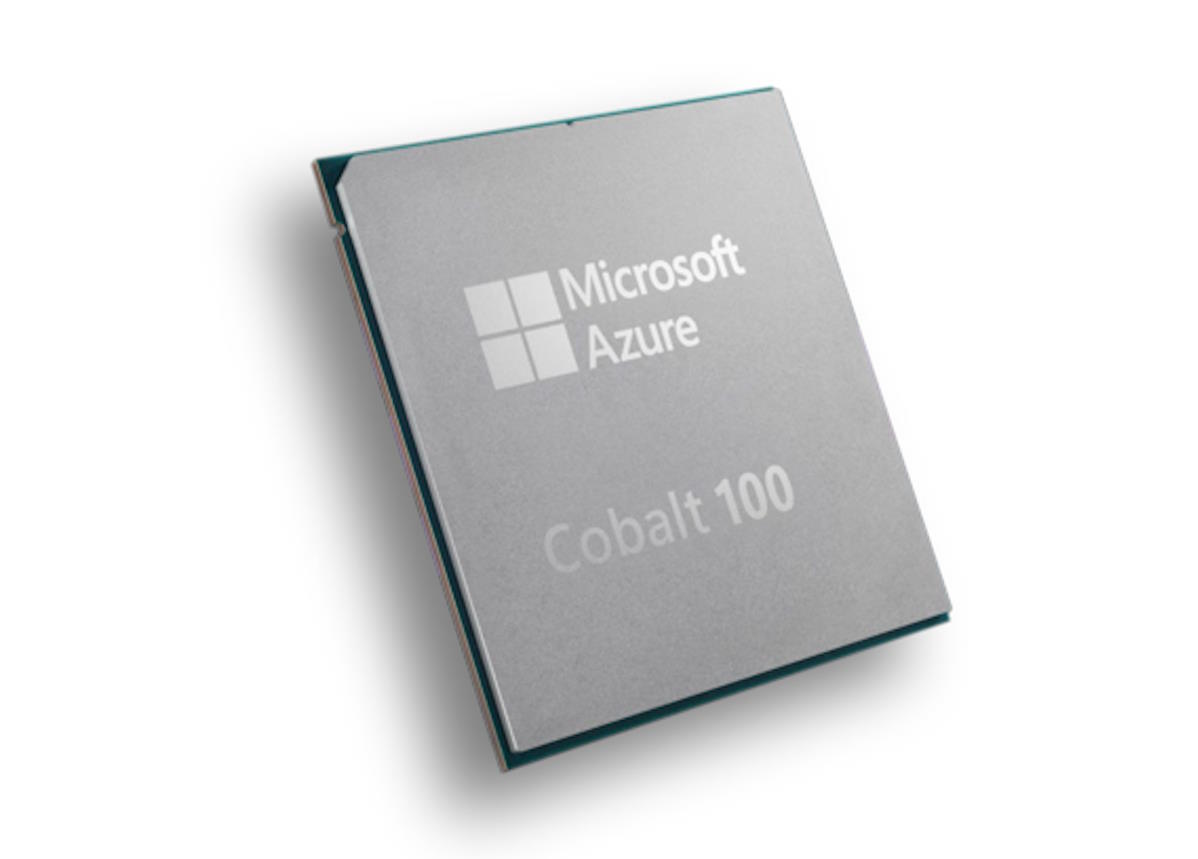Microsoft’s Cobalt 100 ARM CPUs are generally available in the Azure cloud.
With Microsoft’s new Cobalt 100 ARM CPUs for Azure, there’s a new way to run non-x86 virtual machines in the cloud, The Register knows.
Three cases
The processors support three instances: Dpsv6, Dpslv6 and Epsv6. The Dpsv6 and Dplsv6 instances are intended for general computing applications. The Dpsv6 offers a whole range of VMs. From machines with 2 virtual CPUs (vCPUs) and 8 GiB of memory for $51 per month to powerful machines with 96 vCPUs and 384 GiB of RAM for $2,460 per month. These are suitable for web and application servers, medium-sized databases and caching applications.
The Dplsv6 instances have half the storage and are slightly cheaper, starting at $45 per month for the smallest version and $2,172 for the largest. These are ideal for small databases, caching and game servers.
The Epsv6 VMs provide 8 GiB per vCPU. For a VM with two vCPUs, you’ll pay $67 per month; for a machine with 96 cores, the amount can go up to $3,230. This configuration is suitable for relational database servers, large databases, data analysis platforms, and in-memory caching.
According to Microsoft, the Cobalt Virtual Machines are 1.4 times faster than previous generations of Azure ARM Virtual Machines. In addition, they are said to be 1.5x faster on Java workloads and twice as fast on web servers, .NET applications and in-memory caches.
Currently, the virtual machines are available in Azure regions such as Canada, the US, Germany, and Japan. They are also expected to appear in Australia, Brazil, India and France in 2024.













